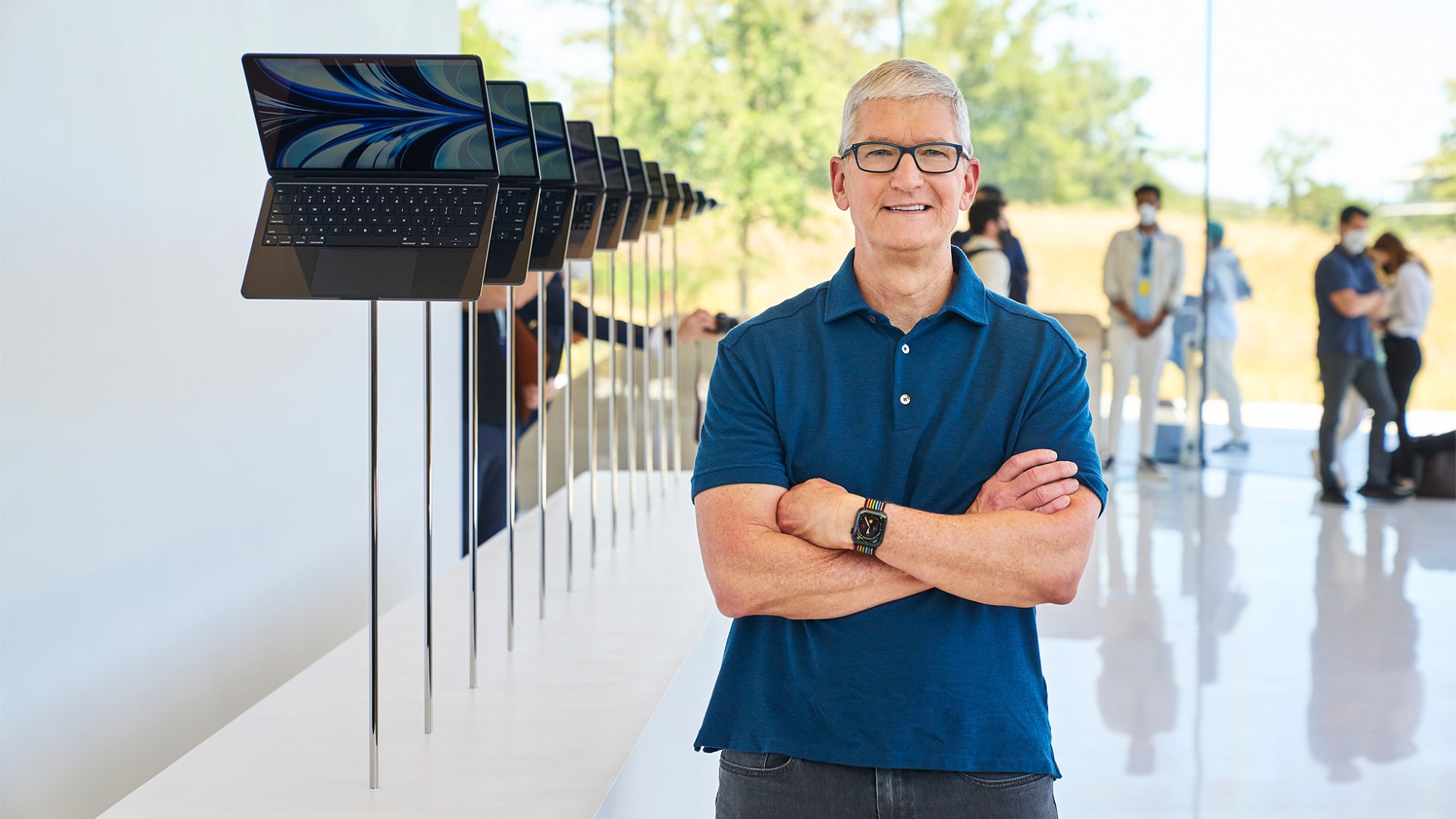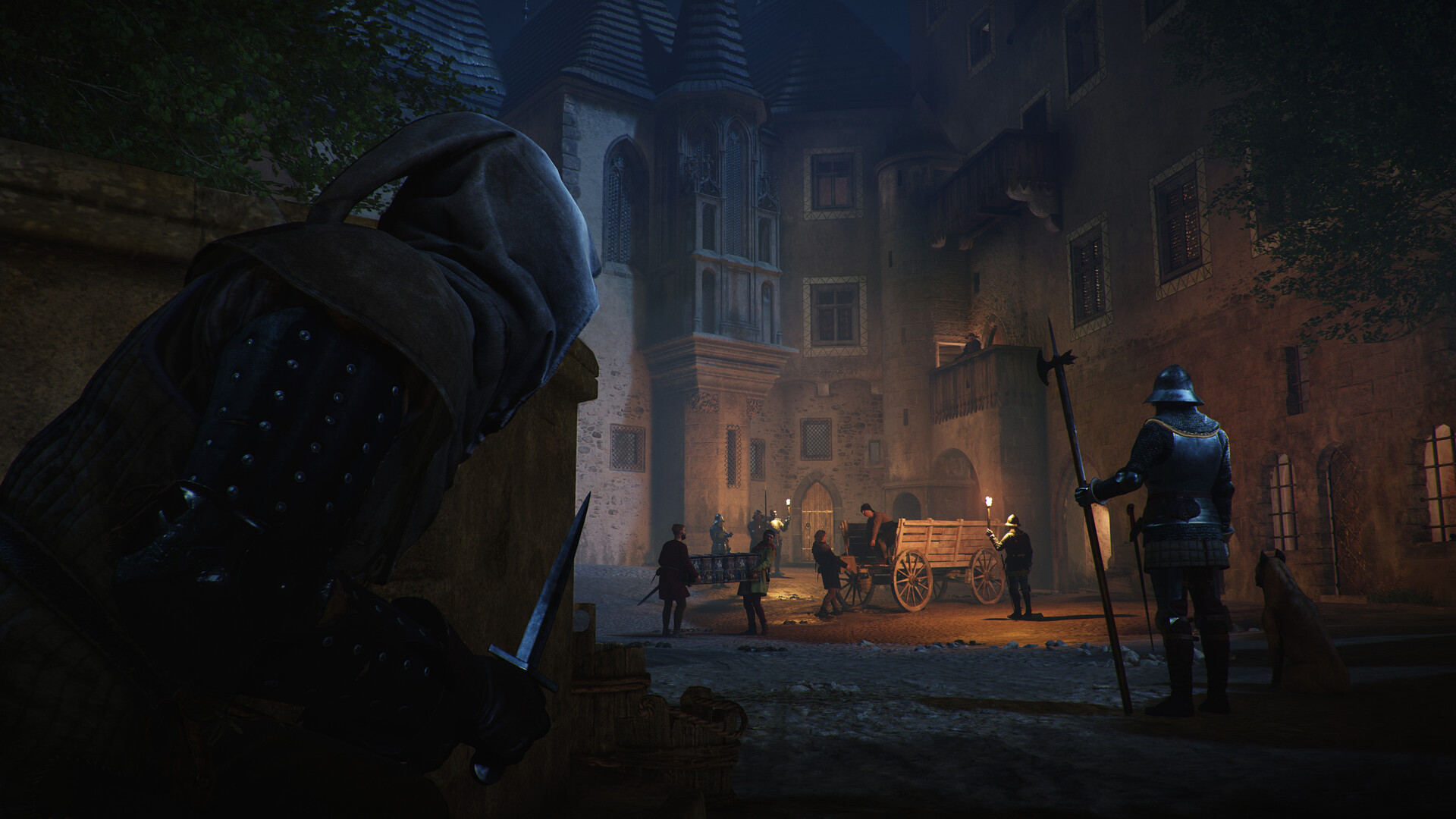
Design should "blend into the background of everyday life" says Naoto Fukasawa
www.dezeen.com
Ecological concerns and the pressures of the modern world mean designers no longer have the luxury of seeing their work as a form of self-expression, Japanese designer Naoto Fukasawa tells Dezeen in this interview."Many designers in the past believed that design was merely a medium for self-expression, but we are now in an era where it is crucial to carefully assess whether such an approach is truly appropriate," Fukasawa said."Success means creating something that brings joy to people, while failure occurs when the design contributes to harming the natural environment or disrupting the peace of people's daily lives."Fukasawa has produced furniture and product designs for companies such as Herman Miller, Alessi, B&B Italia, Emeco, Magis, Issey Miyake and Hay.Fukasawa's wall-mounted CD player for MUJI is possibly his best known design. Photo by Hidetoyo SasakiHe is perhaps best known for his wall-mounted CD player for Muji, which is now part of the permanent collections of the Museum of Modern Art in New York and the Victoria and Albert Museum in London.The first major exhibition in the US celebrating the designer's career has now opened at The Philadelphia Museum of Art (PMA), curated by the institute's curator and historian of decorative arts, design and craft, Colin Fanning.Titled Naoto Fukasawa: Things in Themselves, it looks back at the last 25 years of Fukasawa's work.The show is too small to exhibit more than the 1,000 designs he has created, so Fukasawa said it provided him with "a great opportunity to focus on symbolic works that aligned with the key concepts behind my designs".Naoto Fukasawa: Things in Themselves is at the Philadelphia Museum of Art until 20 April. Photo by Sarah Croop"I realised that both my ideas and the quality of my designs have remained consistent," he said. "I am simply given ideas or insights from something, and then I transform those into a tangible image."At the start of a project, Fukasawa said, he asks a client or collaborator what their best-selling product is."The question is essentially asking which product design is loved by the most people," he explained. "If the answer aligns with what I feel, I will be convinced and put in the effort to create great designs with the client."From then on, his process is meticulous."I start by sketching, turning it into a drawing, creating a hand-made, highly accurate shape model," he said."Then [I] adjust and modify the design by adding technology and regulations, refining it further through the process of trial and error, creating functional prototypes, and repeatedly checking whether it matches the original vision. Ideas and execution are inseparable."Read: Naoto Fukasawa inserts Issey Miyake store into 132-year-old Kyoto townhouseIn 2025, the first question designers must ask themselves is whether or not to create more stuff in the first place, Fukasawa believes."Good design should be something that is loved for a long time," he said. "Designers and humanity in general must avoid creating things that are deemed undesirable in the context of life itself."While he still believes that "design is essential for living well", Fukasawa argues that designers are now required to think harder about their work than in the past."It's not just about creating good designs, but about making the right ones," he said. "I believe that design should serve as a tool needed by people, not merely as a source of stimulation.""I hope designers will create with humility, crafting things that blend into the background of everyday life."Fukasawa designed the Cha teapot for AlessiDesign fairs have come under increasing scrutiny in recent years from some commentators who argue they encourage unnecessary production.But Fukasawa believes they still have value, as long as they do more than simply exhibit products."Their value lies in the ability to physically engage with products and experience, whether they improve usability and enhance daily life," he said."I think fairs should be places where the value becomes clear through experience. They shouldn't just be trade shows."Nevertheless, he expressed some reservations about brands pouring large amounts of resources into fully immersive installations at various design weeks."While it's not a bad thing to have a space where brands that offer experiential products come together, I don't think it's ideal to spend a huge amount of money on building stands that are then dismantled and discarded after a week," he said.Grande Papilio chair was designed by Naoto Fukasawa for B&B Italia. Photo courtesy of B&B ItaliaFukasawa said his principles will continue to apply as artificial intelligence becomes more commonly used in the design process."AI has already become an indispensable tool in bringing images to life," he said."While the benefits of AI are clear, recent trends showing a growing interest in folk crafts and handmade items suggest that people are increasingly drawn to things created directly by the human body, not just driven by convenience, reflecting a deeper sense of attachment and emotion."Other designers recently interviewed by Dezeen include art-design duo the Haas Brothers and Dutch designer Sabine Marcelis.The photography is courtesy of the PMA unless otherwise stated.Naoto Fukasawa: Things in Themselves is on show at the Philadelphia Museum of Art until 20 April. See Dezeen Events Guidefor more architecture and design events around the world.The post Design should "blend into the background of everyday life" says Naoto Fukasawa appeared first on Dezeen.
0 Commentaires
·0 Parts
·40 Vue









